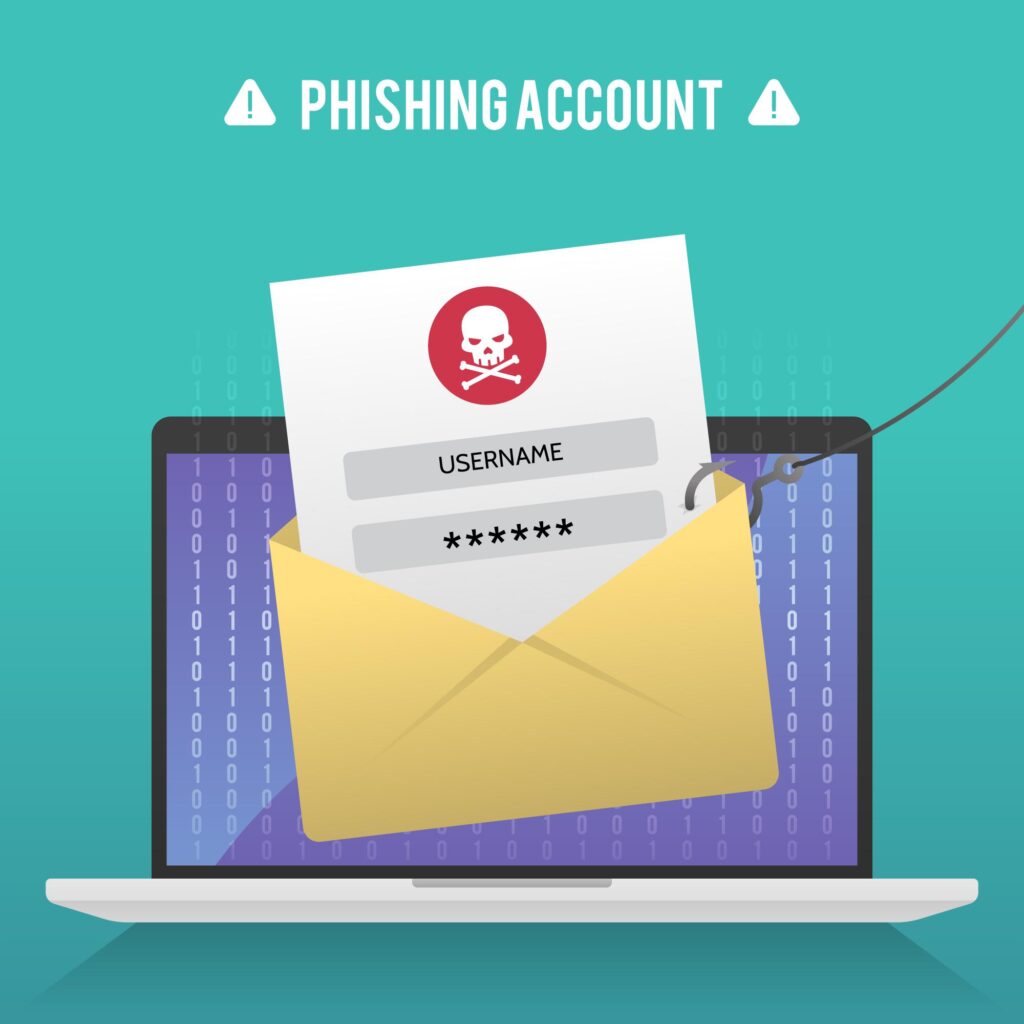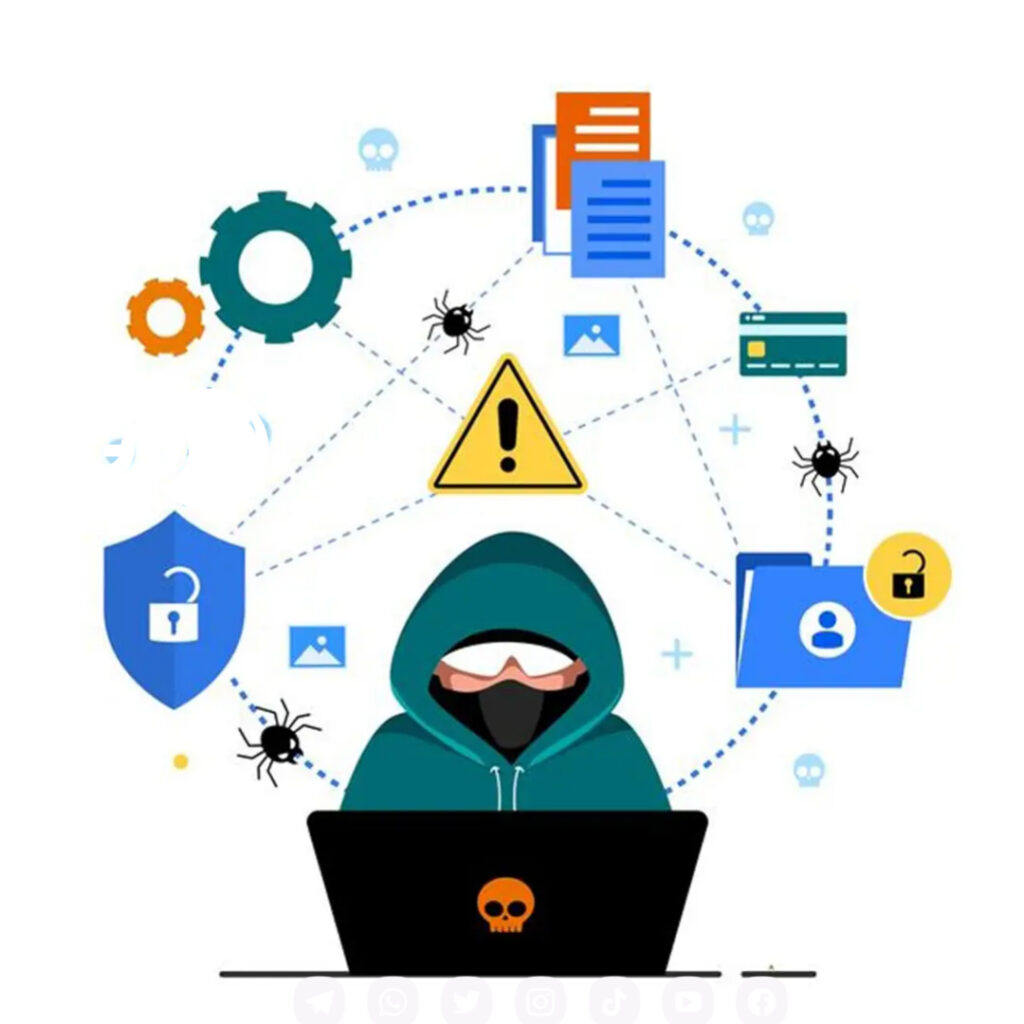Phishing is a type of social engineering attack where scammers try to trick you into giving away sensitive information such as login credentials, credit card numbers, or other personal information. Here’s how scammers can hack your computer through a phishing email:
- Email Spoofing: Scammers may use email spoofing to make the phishing email appear as if it is coming from a legitimate source, such as your bank, social media account, or a well-known company.
- Malicious Attachments: Scammers may attach a malicious file to the email, such as an infected PDF, Word document, or ZIP file, that contains a virus or malware. When you download and open the attachment, the virus or malware can infect your computer.
- Phishing Links: Scammers may include a link in the email that takes you to a fake website that looks like a legitimate website, such as your bank’s website or a social media site. When you enter your login credentials or other sensitive information on the fake website, scammers can capture that information and use it to access your accounts.
- Social Engineering Techniques: Scammers may use social engineering techniques to make the email appear urgent or important, such as claiming that there is a security issue with your account or that you need to verify your information. They may also use emotional triggers, such as fear or curiosity, to get you to click on a link or download an attachment.
To protect yourself from phishing attacks, you should always be cautious when opening emails from unknown sources, and avoid clicking on suspicious links or downloading attachments from unknown sources. You should also regularly update your computer’s antivirus software, use strong passwords, and enable two-factor authentication on your accounts to add an extra layer of security. learn more like this article. Thanks for reading.





